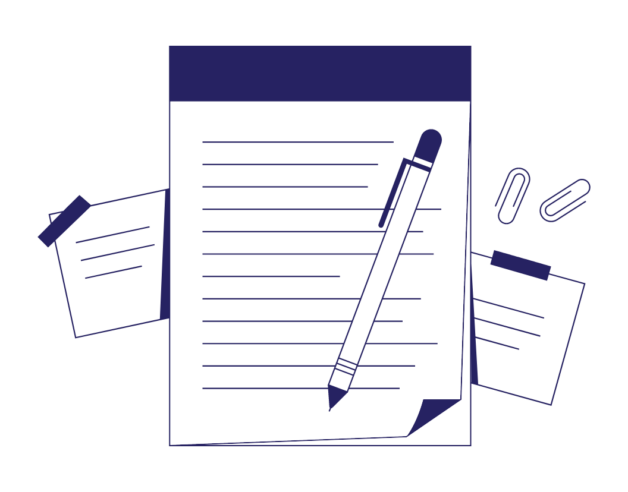
-
4-minute read
-
17th September 2023
Hyphen vs. Dash | Punctuation Tips
Hyphens and dashes often cause confusion due to their similar appearance. However, these two punctuation marks serve distinct purposes in writing. In this post, we’ll explore the differences between hyphens and dashes and provide guidance on when to use each correctly. Whether you’re a seasoned writer or simply looking to improve your punctuation skills, understanding the nuances of hyphens and dashes will help with the polish and consistency of your written documents.
What Is a Hyphen?
A hyphen (-) is a short and narrow horizontal line used primarily to join words or parts of words.
Its primary functions include:
1. Word Hyphenation
Hyphens are frequently used to break single words into parts when they span across two lines at the end of a paragraph or text. This helps maintain readability and prevents awkward spacing.
Hyphens play a crucial role in forming compound words, such as “mother-in-law” or “well-being.” They connect two or more words to create a new, unified concept.
Hyphens are used to connect prefixes or suffixes to words like “anti-inflammatory” or “non-English” to clarify the meaning and usage of the word. But it’s worth checking the dictionary because many prefixes don’t require hyphenation. Usage may vary across different English dialects regarding when to hyphenate prefixes and suffixes, such as “ex” words.
4. Compound Adjectives (Adjectives + Nouns)
Adjective phrases are often hyphenated to clarify the relationship between multiple adjectives that modify a noun. Hyphens are used to connect these adjectives when they work together to describe a single characteristic of the noun. But note that if an adverb ending in “-ly” is paired with an adjective, the phrase should not be hyphenated; for example: “state-of-the-art technology” would be hyphenated but “expertly prepared cuisine” wouldn’t.
What Is a Dash?
A dash is a horizontal line longer than a hyphen, and it serves different purposes in writing. There are two types of dashes: the em dash (—) and the en dash (–).
- Em Dash (—)
The em dash is the longer dash and is used to:
● Indicate emphasis: It can emphasize a particular phrase or clause within a sentence. For example, “The decision—made by the board of directors—had a profound impact.”
● Set off parenthetical information: Em dashes can enclose additional information within a sentence, much like parentheses. For instance, “The movie—despite its flaws—was a box office hit.”
Find this useful?
Subscribe to our newsletter and get writing tips from our editors straight to your inbox.
Subscribe to Beyond the Margins and get your monthly fix of editorial strategy, workflow tips, and real-world examples from content leaders.
2. En Dash (–)
The en dash is slightly longer than a hyphen but shorter than an em dash, and it’s primarily used to:
● Indicate ranges: En dashes are commonly used to show ranges between numbers or dates, such as “pages 10–15” or “March 2020–July 2021.”
● Connect related items: En dashes can connect related items, such as “the New York–Paris flight” or “the Monday–Friday work schedule.”
FAQs
When Should a Hyphen Be Used Instead of a Dash?
It’s essential to use hyphens correctly in the following situations:
1. Word hyphenation
2. Forming compound words and adjectives + nouns
3. With prefixes and suffixes
When Should a Dash Be Used Instead of a Hyphen?
Dashes—both em and en—serve distinct purposes and should be used in the following scenarios:
1. Em dash for emphasis and parenthetical information
Use em dashes to emphasize specific elements within a sentence or set off parenthetical information.
2. En dash for ranges and related items
En dashes are used to indicate ranges between numbers or dates and connect related items, providing clarity in various contexts.
Mastering the usage of hyphens and dashes will demonstrate professionalism in your writing. Remember that hyphens connect words and parts of words, while dashes—both em and en—serve different purposes, such as emphasizing information, indicating ranges, and connecting related items. By understanding when to use each punctuation mark correctly, you can enhance the clarity and readability of your writing, making your communication more precise and professional.